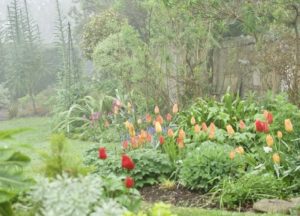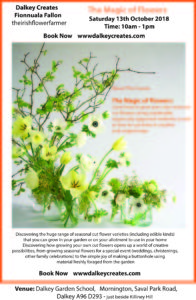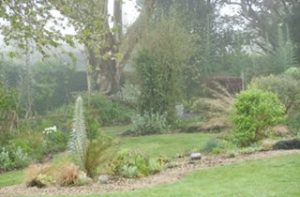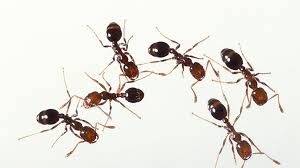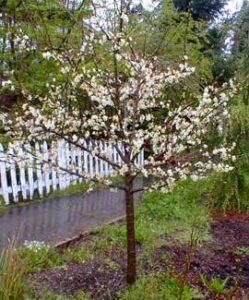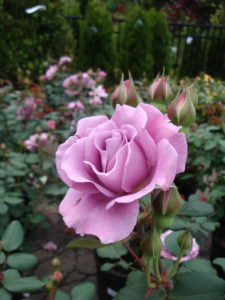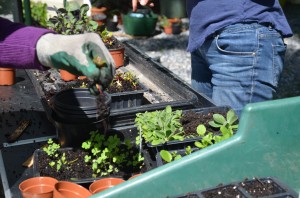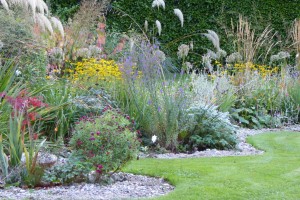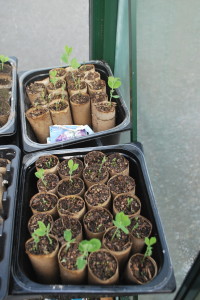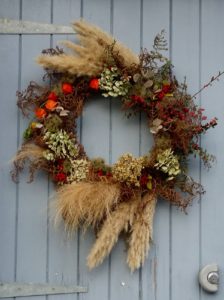What to do in the Garden Now
Archive of News and Blog Posts
June – What to do in the Garden
Content to follow soon….
What to do Now in September mid Autumn
What to do Now in September mid Autumn Choose the flowers you would like to collect seed from .Take a photo to remind yourself of what it looked like and where it was in the garden. Seeds only...Continue reading→
February 2019
5 things to do in February 1. Cut back ornamental grasses such as Stipa gigantia, Calamagrostis x acutiflora ‘Karl Foerster’ Grasses such as Stipa tenuissima – Pony Tail grass, Stipa arundinacea better to pull your fingers through and remove spent...Continue reading→
Gardening Classes
Saturday 26 January. GI Cooking for Weight Loss and Learn how to Plant your own Veg boxes 10 – 4 pm with Cathy Soroghan Nutrition and Fitness Training – ‘Women on the run’ and Annmarie Bowring Gardening opens up and...
Happy New Year
Wow, the weather is so mild so if you are like me still have some tidying up in the garden get out now because winter will arrive. Remember the snow last March ? If you are not lifting your Dahlias,...Continue reading→
Chrstmas Gift Vouchers
The gift of Learning. Gift vouchers can either be posted out or sent via email.
2019 Up Coming Workshops
Saturday Workshops 2019 All workshops include materials, light lunch and refreshments. GI Cooking & Growing a container garden 10 – 4 pm 19 January with Cathy Sorohan and Annmarie Bowring Plant-Driven Design ...
DESIGNING YOUR CUT FLOWER GARDEN WITH FIONNUALA FALLON
With delight, I look forward to welcoming Fionnuala Fallon of the Irish Flower Farmer and Irish Times on Saturday 13 as part of Dalkey Creates writing festival. We will be here in Mornington Garden the home of Dalkey Garden School from...Continue reading→
What to Do Now in the Garden October
Top 10 things to do inyour garden now 1 Photograph your garden- it is amazing how we forget. 2 Visit garden centres to see what plants/shrubs are flowering now to fill in gaps 3 Divide large clumps of perennials –...Continue reading→
5 Garden Herbs for Flu Season
5 Garden Herbs for Flu Season A very good reason to have your own selection of homegrown herbs available, the very good reason for including them in your diet, a good reason to cook from scratch. Here in Dalkey Garden...Continue reading→
Sunday, September 30.Gardening Workshop covering the basics.
The garden is now going to sleep, and now is also the time to plan your beautiful garden for next year. Seed sowing at this time of year can give you a head start on Spring, roots develop and are...Continue reading→
Arranging Garden Flowers for Winter Interest
Sunday, October 7 10- 1 pm Sally Horn florist extraordinaire. Sally will show us how to use Seed heads, fresh flowers, greenery to make pleasing Winter displays. How to condition your flowers and greenery to get the longest life from them....Continue reading→
Fermented Foods
Fermented Foods on some of my fliers, the date is wrong Sorry !!! Saturday 20 October 2018 10am – 1pm Ever wanted to try making your own fermented food but don’t know where to start? Come along to this demo and...Continue reading→
Plein Air Oil Painting
Plein Air Oil Painting 25 August 2018 10am – 4pm Orlagh Murphy Orlagh Murphy is based in Co Cavan and started concentrating in 2010 on her studio practice after working freelance as an interior decorative artist in the US, Italy, Japan,...Continue reading→
Are Ants Bad for the Garden ?
Are ants in the garden bad? The good and bad news about ants and plants. Just as a weed is a plant growing in the wrong place, insects in the wrong place are pests. Ants play a very important role...Continue reading→
Botanical Plaster Casting Workshop Saturday 23 June
Botanical Plaster casting with Dee Crofts. Saturday 23 June 10 – 4 pm We ran this workshop twice last summer and the response to not only learning and creating a unique piece of art was fantastic. Lunch is...Continue reading→
June workshops
We learn through fun and it is an opportunity for friends to do something creative together as are all these workshops. Botanical Mono Printing with Dee Crofts Saturday, June 9 10 – 1 pm This will be a unique...Continue reading→
What to do with Fruit trees in Spring
How to look after a 5-year-old fruit tree? What is the primary purpose of a fruit tree? Well, I suppose the hint is in the name — fruit production. I was asked this question on Spirit Radio the other day...Continue reading→
Roses and their care
I was asked today on Spirit Radio about rose care.Not an expert on roses but I know with all flowering plants a good foundation in rich organic soil is the key to a healthy plant. Coming into May they are...Continue reading→
Gardening and Growing Herbs and how to use them as Medicine
General Gardening Class April 21,22 and 28, 2018, 2 Saturday, 1 Sunday morning 10am – 1pm Annmarie Bowring An introduction to how to take good care of your garden. What plants to plant and how. Including lawn care, pruning, plant...Continue reading→
Next Weekends Workshops
Patrica Tyrrell will be here next Saturday 24 10 -4pm a day-long master class on Plant Driven Design. Patrica is a Bloom Gold medalist and lecturer and will help you really think about what to do and how Lunch is...Continue reading→
Whats the difference between a Snow Drop and a Snow Flake?
Snowdrops Galanthus spp have two distinct whorls of corolla segments (“petals”), arranged so that the three outer segments are large and usually unmarked, while the three inner segments are smaller and form a tube in the centre of the...Continue reading→
Amaryllis also known as Hippeastrum
Hippeastrum from South Africa and Amaryllis from South America. Quite often we receive them as gifts at Christmas. They are very large bulbs and not cheap. As gardeners, the trill is always to have our plants for years and rewarding us...Continue reading→
Seeds – a little information
Seeds-a little information. Coco de Mer a species of Indian Ocean Palm 35-40cm size of the seed weighs 40 kg (88lbs) — the worlds largest seed — imagine that falling on your head!!! Arctic lupin seeds were found to be...Continue reading→
Make a Porceline Christmas Angel
Make a Porceline Christmas Angel
Botanical Plaster Casts and Vouchers
Finally, we have some very unique and special products for my gardening friends. Deirdre Crofts and Cera Doyle have come together producing a collection of Plaques using Plaster of Paris mounted on Mahagony and Walnut frames reflecting their love of nature. I...Continue reading→
Sunday November 26 Christmas Wreath Making Workshop.
Create your own personalised Christmas wreath, using natural materials gathered and foraged in Co Wicklow. Learn how to do it, bring it home and continue making your own.Enjoy some Festive refreshments to kick start the season. Sally Horn from The SallyGarden, will...Continue reading→
Christmas Wreath making workshop Sunday December 3
Create your own personalised Christmas wreath, using natural materials gathered and foraged in Co Wicklow. Sally Horn from The SallyGarden, will help guide you through the process in this 3 hour workshop.Sally is a florist, who sells Irish Organic grown...Continue reading→
Fionnuala Fallon
Sunday 22nd October, 10am – 1pm Dalkey Garden School,” Mornington,” Saval Park Road, Dalkey as part of places are limited book now on www.dalkeycreates.com Fionnuala Fallon The Magic of Flowers ‘I can’t remember exactly when I first became a...Continue reading→

